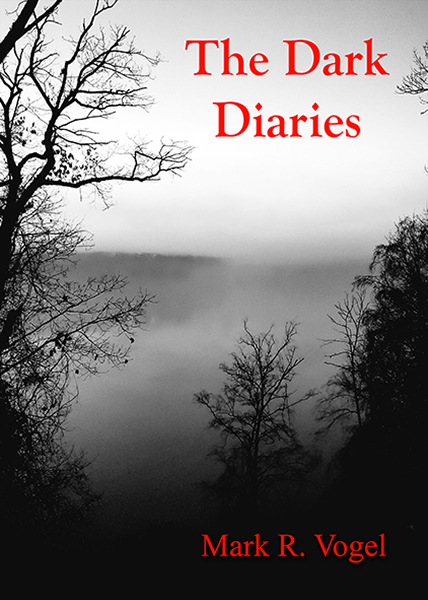Indubitably, Darryl Knickrehm’s gift is something that cannot be taught. One is merely born with it or not, and one chooses to either hone it or let it lie dormant. Fortunately for his viewers, the director’s creativity is the true joy behind his work despite the fact that the fleshing out of the more substantive portions of the cinematic process are still a little rough around the edges for the up-and-coming filmmaker.
Yoshi (Yoshinori Hayashi), Yuki (Manami Kamiya), and Tetsuya (Tatsuya Masuda), make a bet in which the first of the trio to flee an abandoned trail tunnel will shave their head. However, beginning a day after their departure from the aborted passageway, each member begins receiving strange messages. After conducting impromptu research, they discover the ominous history of the railway and are obligated to return.
Knickrehm’s second foray into filmmaking, 152, opens to beautifully haunting music while equally disconcerting, yet nonetheless arresting, images flicker in the background as they languidly move toward the viewer. Throughout the picture, the artistic ingenuity that could well become the director’s signature carries the production as creative dynamics with the camera are paralleled and complimented by blurred backgrounds, visually isolated characters, quaky imagery, staggered zooms, black-and-white and time-lapse photography, while static and white noise serve as intriguing segues between scenes, all of which is accompanied by Phillip Van Louwen’s exquisite score.
However, the true question for Knickrehm is whether or not his stylistics will one day be supported by a steadfast storyline. 152, though daunting in most every visual aspect with the exception of the amateurish feel during interior shots (largely due to unbalanced lighting), fails to grab or convince the viewer that, amid all of the clever razzle and dazzle, we have a reason to be scared or, worse yet, care. Granted, the work is a short film yet, as the brief exercises in cinema by the likes of Luis Buñuel and Alex Turner attest, the task at hand–regardless of the duration in which one has to work–is to fashion a narrative which attracts and retains the viewer. As such, one is reminded of the ultimate challenge in this regard, the medium that is the 30-second commercial, and how many now-renowned directors found their bearings in this very constricting format before going on to address the Big Screen.
Like many of the more fascinating works appearing today, Knickrehm has positioned himself where he can offer something of a rare commodity: a multicultural interpretation. As an American shooting Japanese films, both in the language and on location, we are granted the opportunity to see something which so few filmmakers invest the requisite time in order to treat their audiences: a melting pot of customs and ideas and, at that, a merger between East and West.
Soft-spoken director Darryl Knickrehm is sacrificing himself for the greater good of cinema. Instead of taking the easy route and permitting himself to be led by the dangling carrot of self-interest via making his own personal fortune as a cinematographer, he is patiently attempting to hone his own vision by also writing and directing. For our sake, as well as his, we sincerely hope he takes the time to apply 80-grit sandpaper to his narratives so that we can enjoy and be rewarded by his future endeavors from all facets and tangents.
-Egregious Gurnow
- Interview with J.R. Bookwalter - January 22, 2015
- Interview with Andrew J. Rausch - January 22, 2015
- Interview with Rick Popko and Dan West - January 22, 2015
- Interview with Director Stevan Mena (Malevolence) - January 22, 2015
- Interview with Screenwriter Jeffery Reddick (Day of the Dead 2007) - January 22, 2015
- Teleconference interview with Mick Garris (Masters of Horror) - January 22, 2015
- A Day at the Morgue with Corri English (Unrest) - January 22, 2015
- Interview with Writer/Director Nacho Cerda (The Abandoned, Aftermath) - January 22, 2015
- Interview with Actress Thora Birch (Dark Corners, The Hole, American Beauty) - January 22, 2015
- Interview with Actor Jason Behr, Plus Skinwalkers Press Coverage - January 22, 2015


